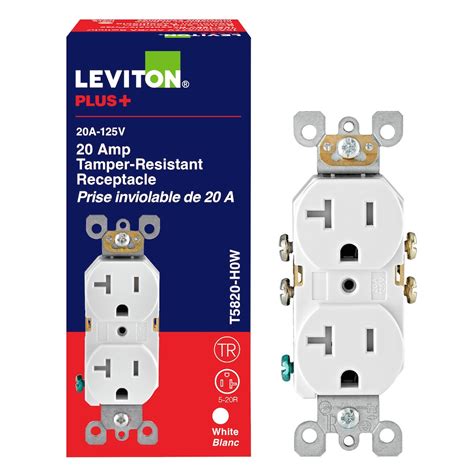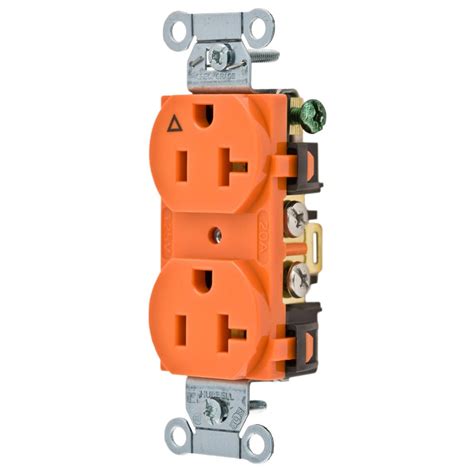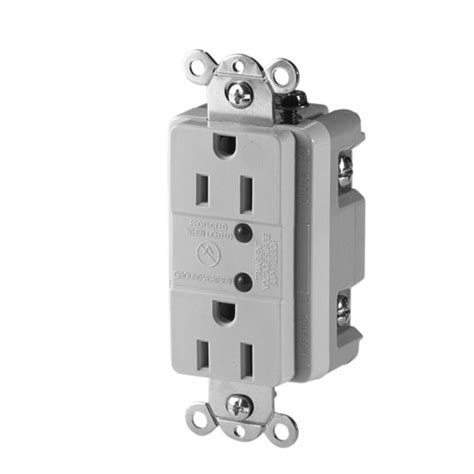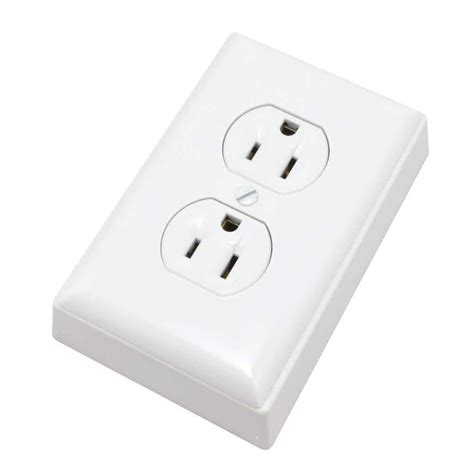Duplex Receptacles: A Comprehensive Guide

Duplex Receptacles: A Comprehensive Guide
Introduction
Duplex receptacles, commonly known as electrical outlets, are an essential component of any electrical system. They provide a safe and convenient way to connect electrical devices to a power source. This article will delve into the world of duplex receptacles, exploring their types, features, installation, and safety considerations.
Types of Duplex Receptacles
Duplex receptacles come in various types, each designed for specific applications. The most common types include:
- Standard Duplex Receptacles: These are the most basic type of duplex receptacles, featuring two vertical slots for standard plugs. They are typically used in residential and commercial settings.
- GFCI (Ground Fault Circuit Interrupter) Receptacles: GFCI receptacles provide additional protection against electrical shocks by detecting ground faults and interrupting the power supply. They are required in areas where water or moisture is present, such as bathrooms, kitchens, and outdoor locations.
- AFCI (Arc Fault Circuit Interrupter) Receptacles: AFCI receptacles detect dangerous electrical arcs that can cause fires. They are required in new construction and major renovations in certain areas, such as bedrooms and living rooms.
- USB Duplex Receptacles: These receptacles combine standard electrical outlets with USB charging ports, allowing for convenient charging of electronic devices.
- Tamper-Resistant Duplex Receptacles: Tamper-resistant receptacles have built-in shutters that prevent children from inserting foreign objects into the slots. They are required in new construction and major renovations in residential settings.
Features of Duplex Receptacles
Duplex receptacles offer a range of features to enhance their functionality and safety:
- Voltage and Amperage Ratings: Duplex receptacles are rated for specific voltage and amperage levels. The most common voltage rating is 120 volts, while the amperage rating can vary from 15 to 20 amps.
- Grounding: Duplex receptacles have a grounding terminal that connects to the electrical system’s grounding wire. This provides a path for excess electricity to flow safely to the ground, reducing the risk of electrical shocks.
- Polarized Slots: The vertical slots in duplex receptacles are polarized, meaning one slot is slightly wider than the other. This ensures that plugs are inserted correctly, maintaining proper polarity and preventing electrical hazards.
- Back and Side Wiring: Duplex receptacles can be wired from the back or the side, providing flexibility during installation.
- Mounting Options: Duplex receptacles can be mounted in standard electrical boxes or on the surface of walls or ceilings.
Installation of Duplex Receptacles
Installing duplex receptacles requires basic electrical knowledge and safety precautions. The following steps provide a general overview of the installation process:
- Turn off the power: Before starting any electrical work, it is crucial to turn off the power at the circuit breaker or fuse box.
- Remove the faceplate: Use a screwdriver to remove the faceplate covering the receptacle.
- Disconnect the wires: Loosen the terminal screws and disconnect the wires from the receptacle. Note the position of each wire (black, white, and green) for proper reconnection.
- Remove the old receptacle: Unscrew the mounting screws and remove the old receptacle from the electrical box.
- Install the new receptacle: Insert the new receptacle into the electrical box and secure it with the mounting screws.
- Connect the wires: Reconnect the wires to the appropriate terminals on the new receptacle. Tighten the terminal screws securely.
- Install the faceplate: Replace the faceplate and secure it with the screws.
- Turn on the power: Restore power at the circuit breaker or fuse box and test the receptacle using a voltage tester.
Safety Considerations
Electrical safety is paramount when working with duplex receptacles. Always follow these safety guidelines:
- Use proper tools: Use insulated tools and wear appropriate safety gear, such as gloves and safety glasses.
- Verify the power is off: Double-check that the power is turned off before touching any electrical components.
- Avoid overloading: Do not connect too many devices to a single receptacle. This can overload the circuit and create a fire hazard.
- Use surge protectors: Surge protectors can protect electronic devices from voltage spikes and power surges.
- Call a qualified electrician: If you are not comfortable installing or repairing duplex receptacles, contact a licensed electrician for assistance.
Troubleshooting Duplex Receptacles
If a duplex receptacle is not working properly, there are a few common troubleshooting steps you can try:
- Check the circuit breaker or fuse: A tripped circuit breaker or blown fuse can cut off power to the receptacle.
- Inspect the wires: Loose or damaged wires can cause the receptacle to malfunction.
- Test the receptacle: Use a voltage tester to check if the receptacle is receiving power.
- Replace the receptacle: If the receptacle is damaged or faulty, it may need to be replaced.
Conclusion
Duplex receptacles are an integral part of any electrical system, providing a safe and convenient way to connect electrical devices. Understanding the different types, features, installation, and safety considerations of duplex receptacles is essential for ensuring a reliable and hazard-free electrical environment. By following the guidelines outlined in this article, you can ensure that your duplex receptacles are installed and maintained properly, providing years of safe and efficient use.
5 Best Duplex Receptacles for Your Home
Duplex receptacles, also known as electrical outlets, are an essential part of any home. They provide a convenient way to connect electrical devices to the power grid. With so many different duplex receptacles on the market, it can be difficult to know which ones are the best. Here are five of the best duplex receptacles that you can buy:
1. Leviton 5248-W 15 Amp Duplex Receptacle
The Leviton 5248-W 15 Amp Duplex Receptacle is a high-quality receptacle that is perfect for residential and commercial use. It is made from durable materials and features a tamper-resistant design to help prevent electrical accidents.

2. Hubbell HBL8320A 20 Amp Duplex Receptacle
The Hubbell HBL8320A 20 Amp Duplex Receptacle is a heavy-duty receptacle that is ideal for use in industrial and commercial settings. It is made from high-impact plastic and features a corrosion-resistant finish.

3. Pass & Seymour TR5153W 15 Amp Duplex Receptacle
The Pass & Seymour TR5153W 15 Amp Duplex Receptacle is a mid-range receptacle that offers a good balance of quality and affordability. It is made from durable materials and features a tamper-resistant design.

4. Eaton CH1530W 15 Amp Duplex Receptacle
The Eaton CH1530W 15 Amp Duplex Receptacle is a budget-friendly receptacle that is perfect for basic applications. It is made from durable materials and features a simple design.

5. Legrand Wiremold 5362W 15 Amp Duplex Receptacle
The Legrand Wiremold 5362W 15 Amp Duplex Receptacle is a high-end receptacle that is perfect for use in luxury homes and commercial buildings. It is made from high-quality materials and features a sleek design.
